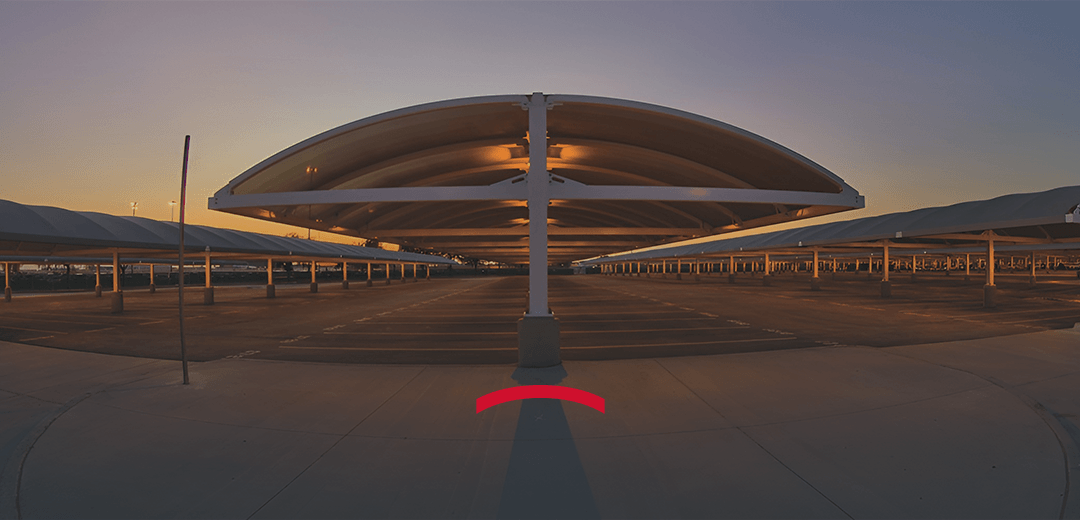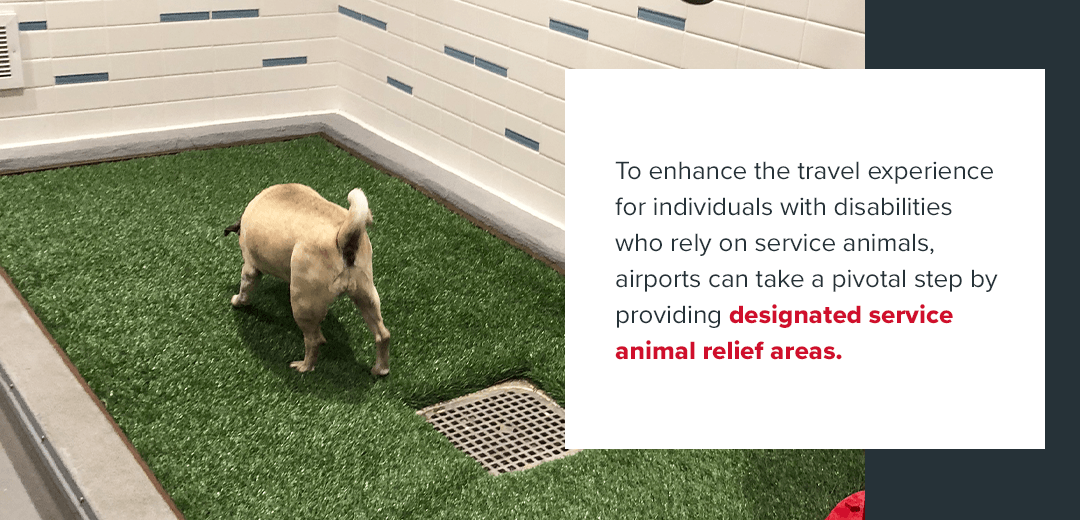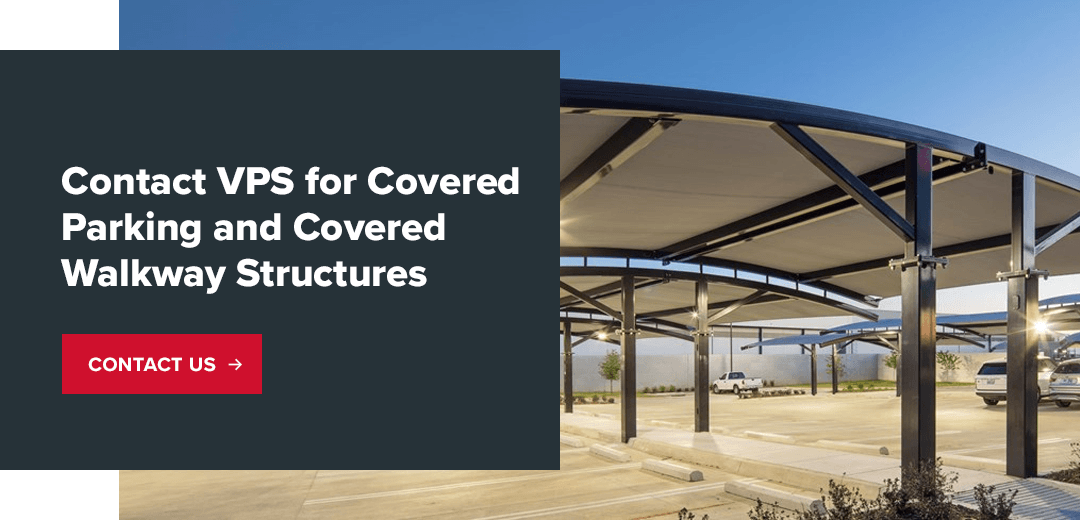In today’s world, accessibility has transcended from a convenience to an ethical and legal necessity across various industries. Accessibility is particularly crucial in transportation hubs like airports. Whether it’s accommodating individuals with specific airline travel needs, ensuring smooth flight travel experiences for passengers with disabilities, or providing covered pedestrian walkways within airport premises, accessibility directly impacts passenger satisfaction and operational efficiency.
For airport owners and other decision-makers, recognizing the vital role of accessibility is more than a matter of compliance — it’s a strategic investment in their reputation and success. By addressing the unique requirements of passengers with diverse needs, airports demonstrate their capability as leaders in the travel industry.
This blog explores accessible air travel, showcasing the indispensable role of inclusive design and innovative solutions in creating a seamless travel experience for all passengers, including those with disabilities.
1. Wheelchair Access
One of the first areas to focus on when improving accessibility in airports is wheelchair access. Ensuring wheelchair accessibility within airports is a regulatory requirement and an ethical commitment that resonates with the core principles of inclusivity. By providing seamless wheelchair access, airports may elevate the travel experience, foster positive perceptions, and set higher industry standards.
Enhancing wheelchair access involves strategic considerations. Placing wheelchairs at crucial junctures where employees can access them streamlines assistance for passengers with limited mobility. This distribution optimizes convenience and minimizes potential stressors, offering immediate support where needed.
Furthermore, the transition toward fully autonomous wheelchair options offers an innovative path forward. Equipped with intelligent navigation systems, these self-operating wheelchairs enable independent movement through airport walkways and other sections. This advancement may enhance passenger autonomy while reducing dependency on external aid, enhancing the overall travel experience.
Airports can demonstrate their commitment to accessibility by reimagining wheelchair access.



